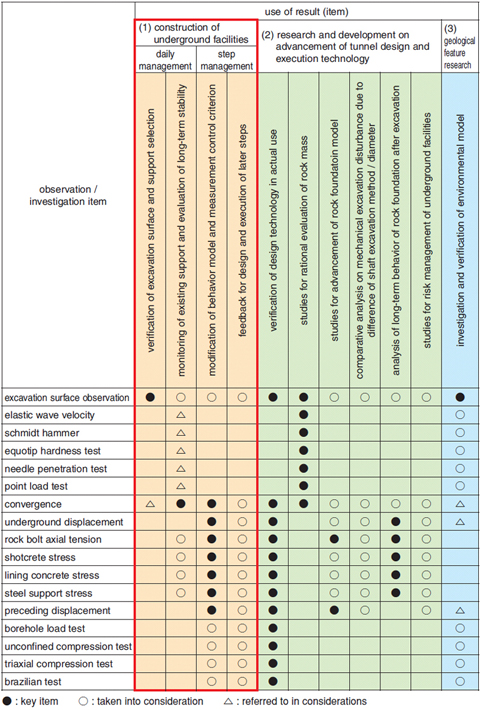Table 2-2 Measurement item and use of result

Fig.2-24 Observational construction flow
Fig.2-25 Axial stress of concrete lining
In construction of the underground facilities, it is difficult to accurately predict deep geological environmental features by surface-based investigation. Therefore, the observational construction plays an important role in achieving safe and rational construction. The stability of underground facilities is estimated by excavation surface observation and measurements of deformation and stress during construction. This estimation of stability is used as feedback for design and construction in subsequent steps.
Sedimentary formations around the underground facilities at the Horonobe URL Project are became mainly neogene sedimentary rocks (diatomaceous mudstone, siliceous mudstone). They are classified as soft rock from a strength aspect. The observational construction in sedimentary soft rocks has been uncommon. Thus, at the beginning of construction of these underground facilities, a plan for measurements and observational construction program based on the operations design was set.
The measurement plan included (1) consistency with safe and rational construction of the underground facilities, (2) feedback of measurements into design and construction of subsequent steps, (3) verification of the geological environmental model. Specific items which are being measured and utilized are shown in Table 2-2.
Also, the observational construction program being carried out is divided into two main classes. One is daily measurement that is aimed at selection of excavation support methods and monitoring of existing support, the other is step management measurement that is aimed at verification of analysis models and feedback to following steps. These are shown in Fig.2-24.
As an example, axial stress of the concrete lining at the depth of 177m from the surface in the ventilation shaft is shown in Fig.2-25. It can be seen that all lining stresses are under the allowable stress (6MPa), but the maximum stress at CC4 is almost the allowable stress and prediction analysis value. In addition, stress at CC3,4 is almost 1.3~1.5 times that at CC1,2 due to the direction of the major horizontal principal stress. It has been found to be in the east/west direction, and the minor principal stress is in the north/south direction (principal stress ratio is 1.4) from surface-based investigation. Judging from the above, the support of the underground facility is rational and underground facility is safe.
This measurement plan and the observational construction program will be continue to be carried out.
<Previous: 2-9 | Next: 3 Nuclear Fusion Research and Development >